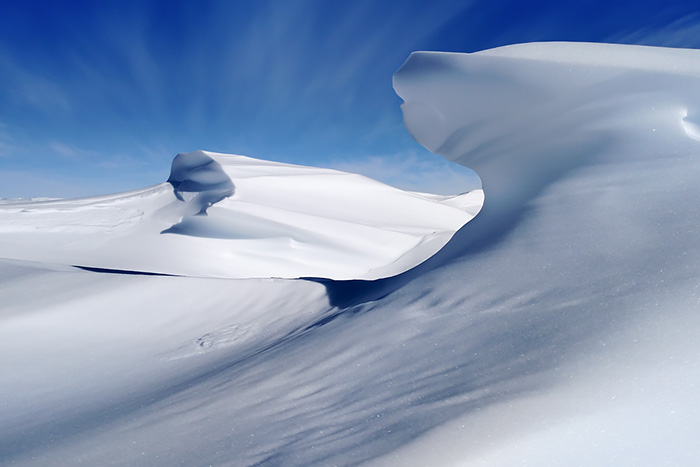
Our planet’s history includes episodes of cold so extreme that glaciers reached sea level in equatorial regions.
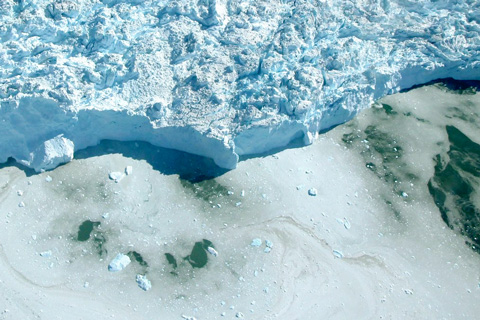
Between September 2019 and August 2020, the rate of ice loss from the Greenland Ice Sheet was much lower that the record set the previous 12-month period, but but still above the 2002–2020 average. Overall, Greenland continues to lose ice.

Arctic sea ice extent reached its apparent annual maximum on March 5, 2020. It was the 11th-lowest maximum in the 42-year satellite record. Though nowhere near a record low, it was well below the 1981–2010 average.

A new crop of studies funded by NOAA's Climate Program Office explores a range of questions about sea ice forecasting, including one of the most basic: how far ahead is it even possible to predict it?

Under high pressure and sunny skies, roughly 95 percent of the surface experienced melting at some point in the summer, well above the 1981-2010 average of about 64 percent, equivalent to the previous record set in 2012.
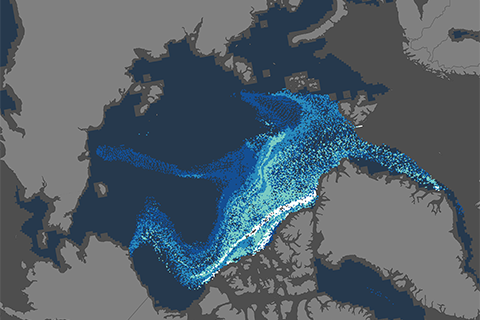
In March 1985, sea ice at least four years old made up 33 percent of the ice pack in the Arctic Ocean; in March 2019, ice that old made up 1.2 percent of the pack.

In 2019, air temperatures over the Arctic were the second-warmest on record, continuing a string of 6 years that have been warmer than all other periods in the historic record dating back to 1900.

Yes, human activities exert a cooling influence on Earth in several ways. Overall, this cooling influence is smaller than the warming influence of the heat-trapping gases humans put into the air.
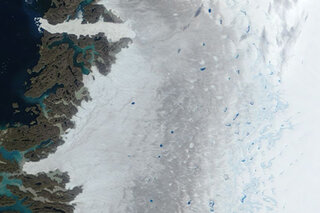
Europe's rogue heatwave melts Greenland
August 14, 2019
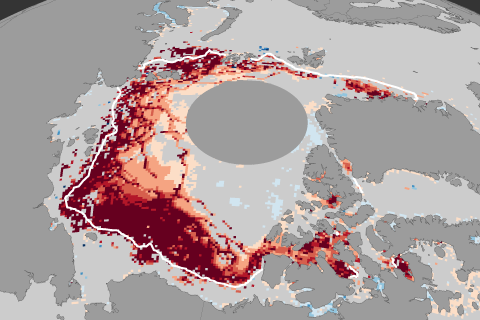
The 2018 Arctic sea ice minimum was not a record low, but it was well below the 1981–2010 average, and it continued the long-term trend of Arctic sea ice decline.